What is shade for NE?
zahzeen
14 years ago
Related Stories

GARDENING GUIDES5 Best-Behaved Trees to Grace a Patio
Big enough for shade but small enough for easy care, these amiable trees mind their manners in a modest outdoor space
Full Story
GARDENING GUIDES6 Native Ground Covers for Tough, Dry Spots
Sun beating down on your sandy gravel? Thick shade darkening your clay soil? There’s a ground cover here for you
Full Story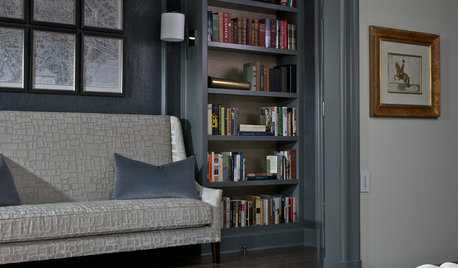
COLORHow to Layer Tones of Gray for Depth and Harmony
Use texture, pattern, contrast and more to create a subtle, sophisticated look with this popular color
Full Story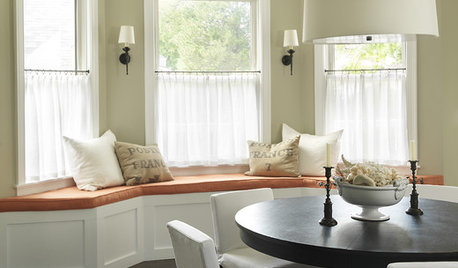
DECORATING GUIDESThe Case for In-Between Colors
These mutable hues defy easy description, but their appeal all around the home isn't hard to get
Full Story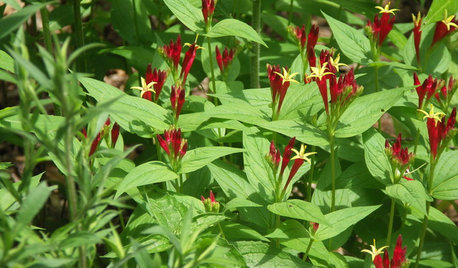
GARDENING GUIDESGreat Design Plant: Spigelia Marilandica
Indian pink is a top hummingbird plant for shady sites
Full Story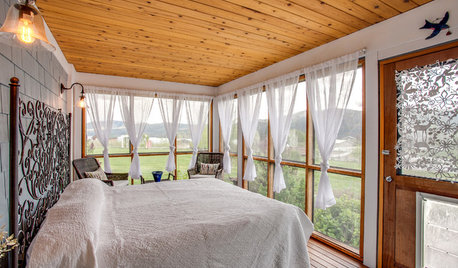
GARDENING AND LANDSCAPING11 Ways to Make Your Sleeping Porch Even Better
Turn off that air conditioner and tune in to the delights of slumbering in the nighttime breeze
Full Story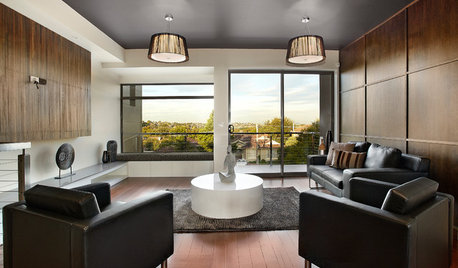
COLOR11 Reasons to Paint Your Ceiling Black
Mask flaws, trick the eye, create drama ... a black ceiling solves a host of design dilemmas while looking smashing
Full Story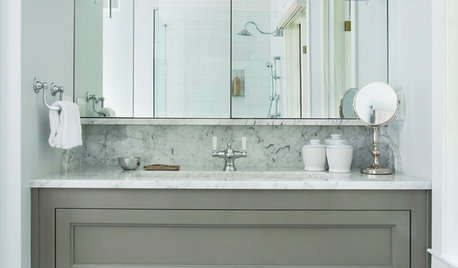
BATHROOM DESIGN4 Secrets to a Luxurious Bathroom Look
Give your bathroom a finished feel with a few splurges and budget-stretching moves
Full Story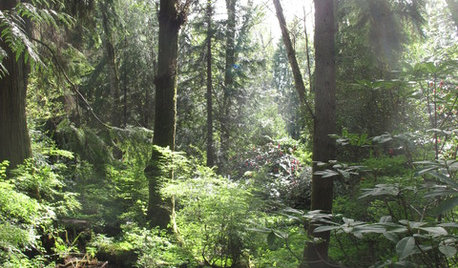
GARDENING AND LANDSCAPINGGarden Lessons from a Grand Northwest Reserve
Borrow classic landscape ideas from this Washington state treasure, a series of gardens as thoughtfully planned as they are spacious
Full StorySponsored
Franklin County's Custom Kitchen & Bath Designs for Everyday Living
More Discussions






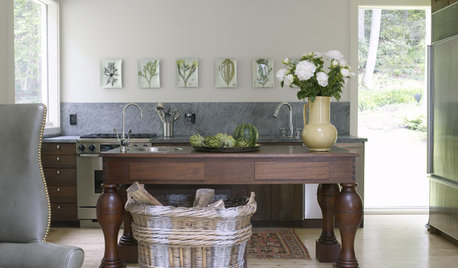


cloud_9
ego45
Related Professionals
Edmond Landscape Contractors · Wakefield Landscape Contractors · Azalea Park Landscape Contractors · Dallas Landscape Contractors · Mission Viejo Landscape Contractors · Newnan Landscape Contractors · Old Saybrook Landscape Contractors · Parkland Landscape Contractors · Salem Landscape Contractors · Watertown Landscape Contractors · White Bear Lake Landscape Contractors · Northlake Landscape Contractors · Lauderdale Lakes Decks, Patios & Outdoor Enclosures · Midlothian Decks, Patios & Outdoor Enclosures · Racine Decks, Patios & Outdoor EnclosureszahzeenOriginal Author
zahzeenOriginal Author
diggerdee zone 6 CT
NHBabs z4b-5a NH
asarum
zahzeenOriginal Author